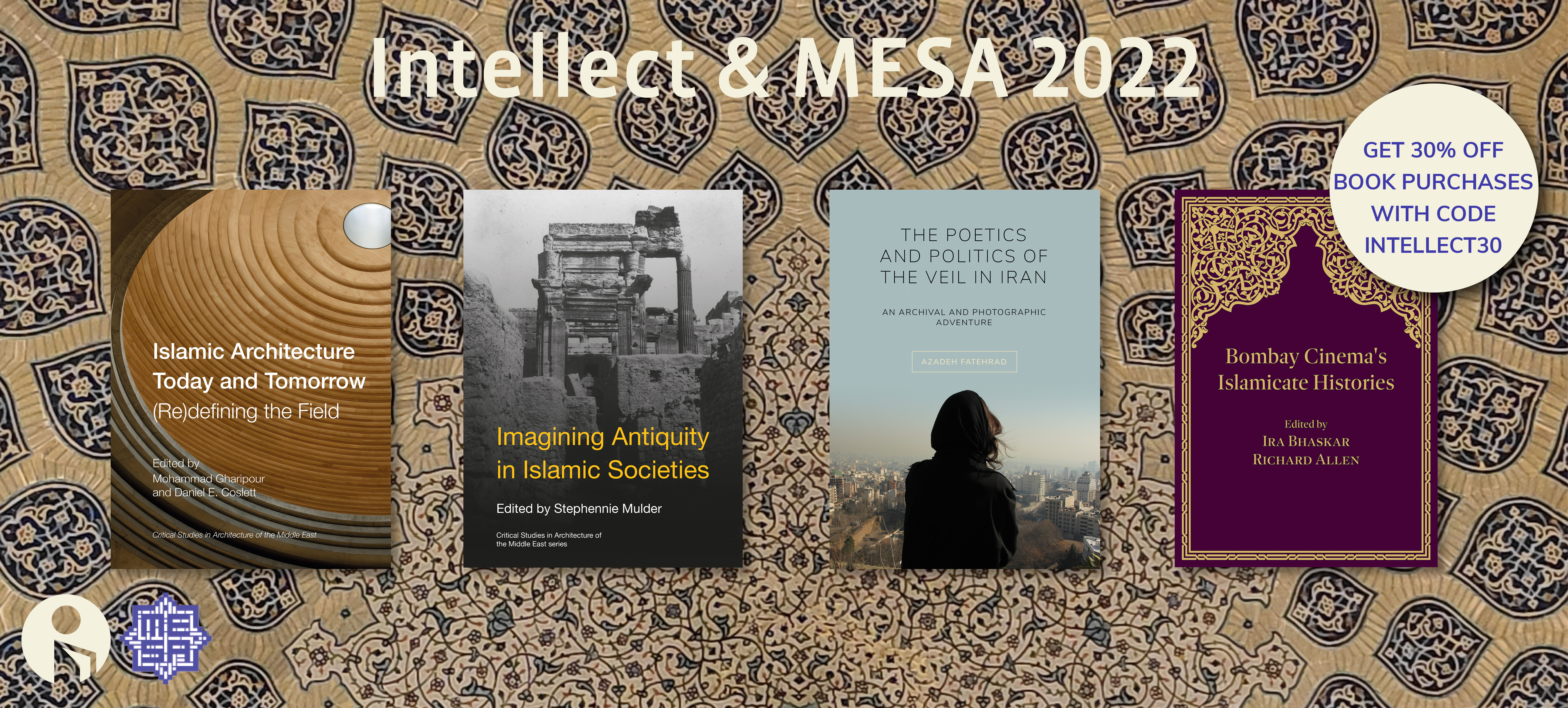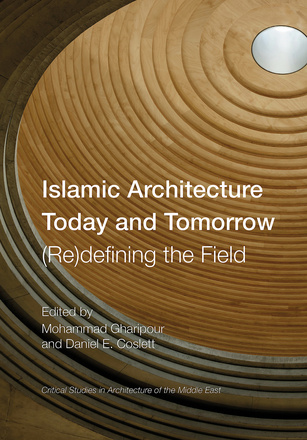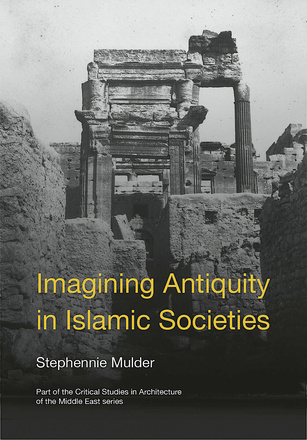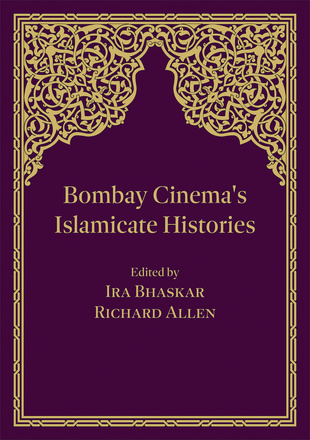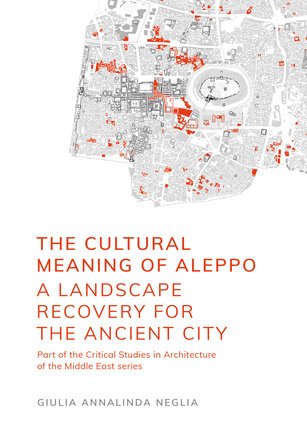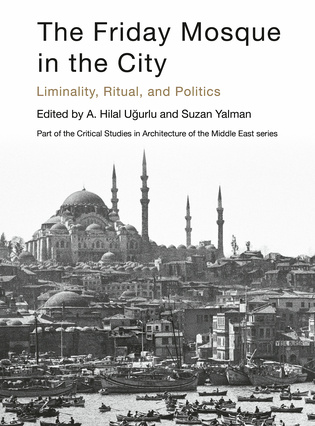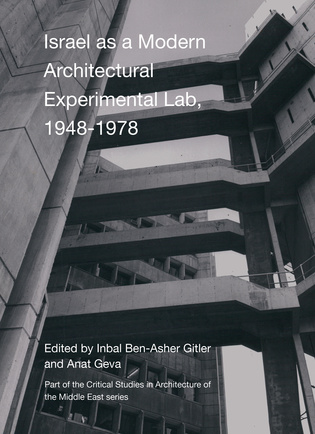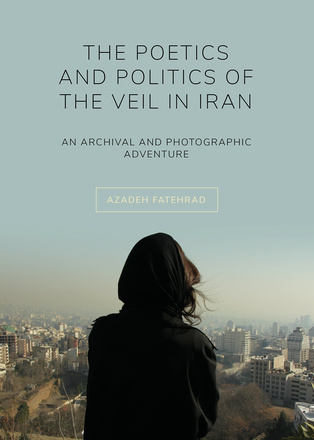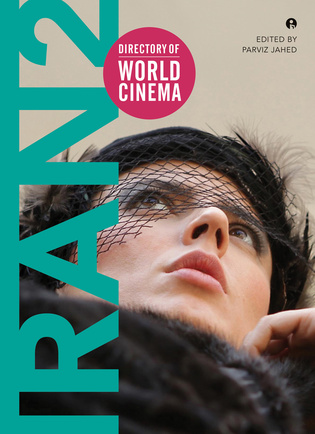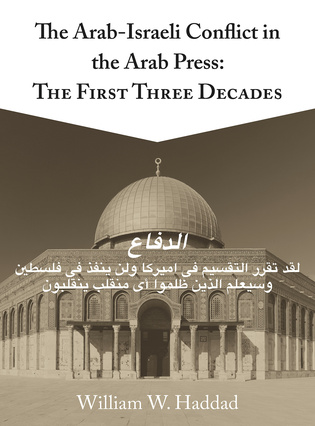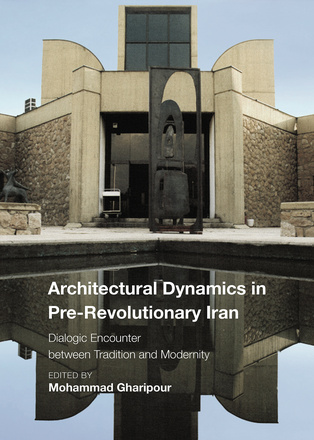Intellect is exhibiting at the MESA 2022 Conference
The Middle East Studies Association Conference 2022 will take place 1-4 December in Denver, Colorado. More information about the conference can be found here.
To obtain 30% off online book purchases please use the code INTELLECT30 at the checkout. For a list of suggested titles click here.
We publish a range of relevant journals, including International Journal of Islamic Architecture, Journal of Contemporary Iraq & the Arab World, Performing Islam and many more. The Journal of Gulf Studies is forthcoming in 2024 and seeking contributions!
See our full journals selection here.
We are looking to contract new books and reach out to new journal contributors within the subject areas of Islamic architecture, Gulf Studies and much more. For more information on publishing with us click here.
Please contact james@intellectbooks.com if you'd like to discuss a proposal or would like to link up at the conference.
See our latest catalogues and collections, and sign up to our newsletters here.
Follow us on Twitter, LinkedIn, Instagram, Facebook and YouTube to keep up to date with new publications!
Spotlight titles
Scholars and practitioners from the realm of 'Islamic architecture’ consider its changing nature and continued significance. Reflective essays address the meaning of ‘Islamic’ in built environments, and the geographical, chronological, disciplinary diversity of a dynamic field of study encompassing far more than mosques and tombs. 118 b/w illus.
Long before the Taliban, ISIS and other iconoclasts, Muslims imagined localities of antiquity as places imbued with didactic, historical and moral power. In thirteen articles by leading scholars covering the eighth century to the present, this book explores diverse ways Muslims have valued the material legacies of ancient and pre-Islamic societies. 118 b/w illus.
Popularly known as Bollywood, Bombay cinema conjures up song, dance and starry-eyed romance. Where do those conventions come from? Many derive from the historical influence of Muslim cultures interacting with other traditions in the Indian subcontinent. Contributions by major scholars of South Asian cultural history and Indian Cinema 105 b&w illus.
A documentation of the cultural meaning of the urban landscape of the Ancient City of Aleppo though the urban structures and characteristic courtyard houses, this is both a theoretical and practical handbook for architects, urban planners and restorers alike. 70 b/w illus.
Edited volume exploring the dynamic relationship between the Friday Mosque and the city. While the Friday mosque and the 'Islamic City' have been widely studied by historians of Islamic architecture and urbanism, this volume specifically examines the functional and spatial ambiguity or liminality between sacred and urban spaces. 101 col. illus.
This collection discusses the innovative and experimental architecture of Israel during its first three decades following the nation’s establishment in 1948. The volume highlights new perspectives on the topic, discussing the inception, modernization and habitation of historic and lesser-researched areas alike in its interrogation.
This volume explores the lives of women in Iran through the social, political and aesthetic contexts of veiling, unveiling and re-veiling. Through poetic writings and photographs, Azadeh Fatehrad responds to the legacy of the Iranian Revolution via the representation of women in photography, literature and film.
Created at the intersection of religion and ever-shifting political, economic and social environments, Iranian cinema produces some of the most critically lauded films in the world today. The first volume of the Directory of World Cinema: Iran turned the spotlight on the award-winning cinema of Iran, with particular attention to the major genres and movements, historical turning points and prominent figures that have helped shape it. Considering a wide range of genres, including Film Farsi, new wave, war film, art house film and women's cinema, the book was greeted with enthusiasm by film studies scholars, students working on alternative or national cinema, and fans and aficionados of Iranian film. Building on the momentum and influence of its predecessor, Directory of World Cinema: Iran 2 will be welcomed by all seeking an up-to-date and comprehensive guide to Iranian cinema.
This monograph provides a much-needed history of the Arab print media as well as an in-depth study of translated Arab media sources, remedying a remarkable gap in Western intellectual culture. Setting the scene, the manuscript begins with a brief historical narrative of Arab newspapers from the 1940s to the mid-1970s, when a free press virtually disappeared. William Haddad then explores the historiography of the Arab print media, compiling a valuable collection of available scholarship on the subject. The book simultaneously considers the contemporary ongoing problem of censorship in Middle East journalism. With this valuable context, Haddad then sets about examining the Arab print media's view of the Arab-Israeli conflict in its first three decades. By giving voice to the Arab political journalists who wrote editorials and opinion pieces, the bulk of the book explores the variety of opinions held in the Arab print media regarding the Arab-Israeli conflict.
This volume considers the major trends and developments in Iranian architecture during the 1960s and 70s in order to further our understanding of the underpinnings and intentions of Persian architecture during this period.

